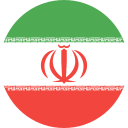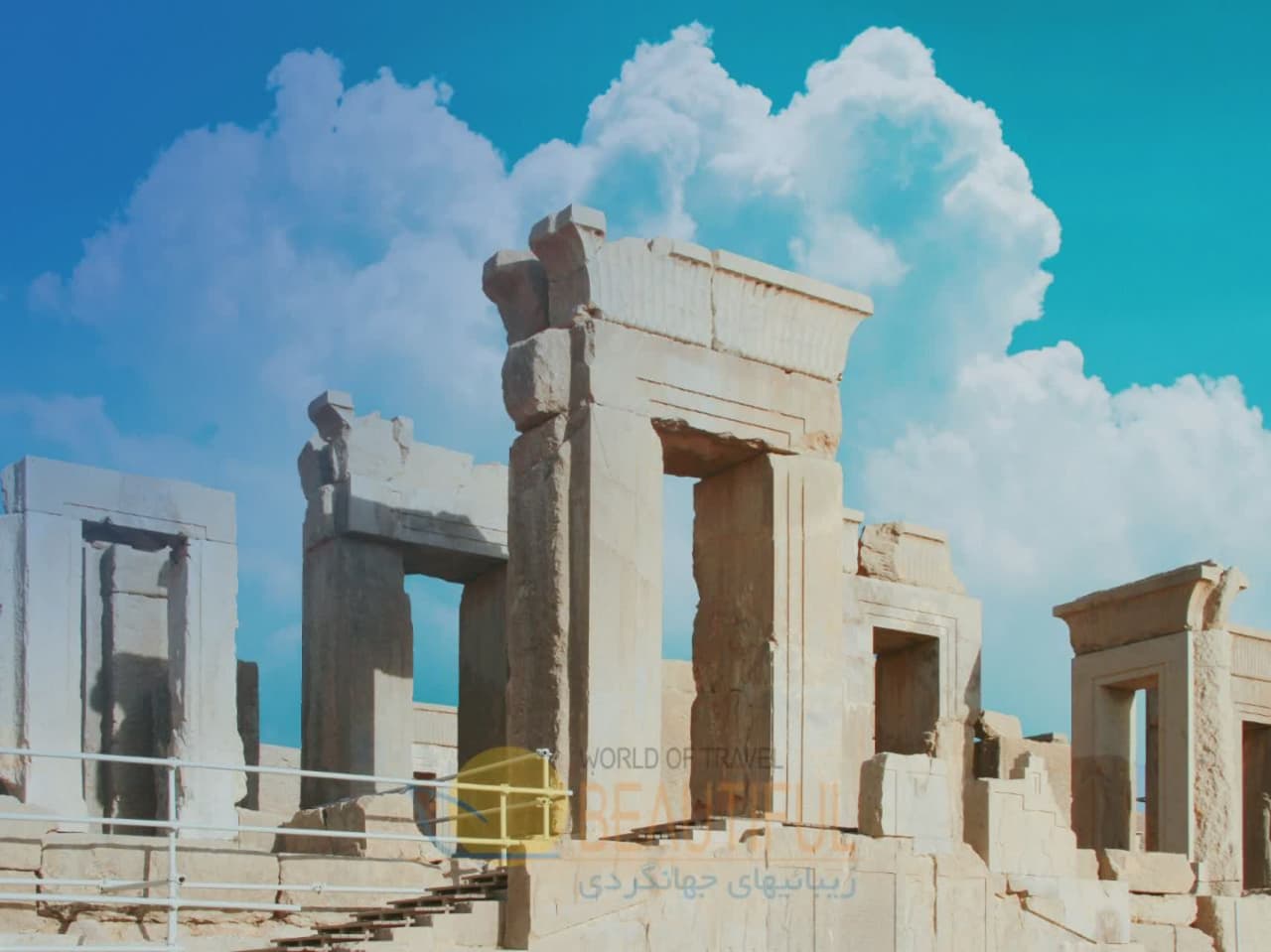The export of handwoven Persian carpets has long been a significant part of Iran’s cultural and economic identity. As one of the country’s most prized handicrafts, Persian rugs are highly sought after in international markets due to their exquisite craftsmanship, intricate designs, and rich heritage. Despite facing challenges such as economic sanctions and global competition, the Persian rug trade continues to thrive, with carpets being exported to various regions, including North America, Europe, and the Middle East. For more in-depth articles on Iranian carpets and global trade, visit World of Travel Beautiful.
The Global Trade of Handwoven Persian Carpets
Iran has been a major hub for carpet weaving for over 2,500 years, and its carpets are renowned worldwide for their artistic and historical value. Persian carpets are woven with high-quality materials such as silk and wool, using traditional techniques passed down through generations. Each region in Iran has its own unique style and patterns, making Persian rug trade a diverse and dynamic industry.
Iranian carpet exports contribute significantly to the country’s economy, providing employment to thousands of artisans and supporting local industries. However, the industry has faced several obstacles, including economic sanctions, rising production costs, and increased competition from countries like India, China, and Turkey.
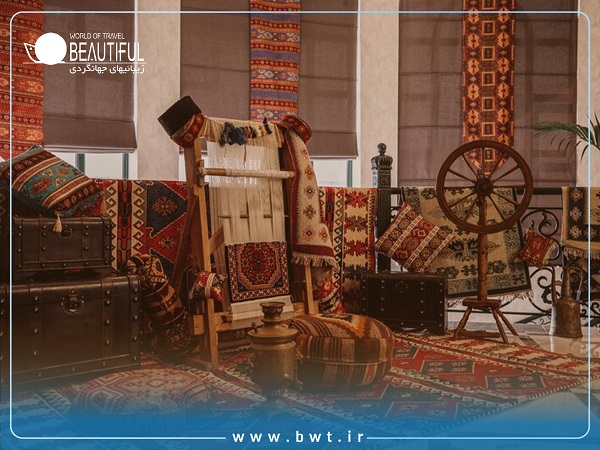
Key Markets for Persian Rugs
Handwoven Persian carpets export plays a crucial role in Iran's economy, showcasing the country's rich cultural heritage and craftsmanship to the world. These carpets, known for their intricate designs, natural dyes, and superior quality, are highly sought after in international markets. Despite challenges such as economic sanctions and competition from other rug-producing countries, Persian rug trade continues to thrive, with major export destinations including Europe, the Middle East, and Asia. Many collectors and interior designers appreciate the uniqueness and authenticity of Iranian Carpet, making it a valuable commodity in the global market. Efforts to expand online sales and promote Persian carpets through exhibitions and trade fairs have further strengthened their international presence.
North America
The United States and Canada have historically been among the largest importers of Iranian carpets. However, due to trade restrictions, exports to the U.S. have declined, prompting Iranian traders to explore alternative markets. Despite these challenges, American collectors and luxury homeowners continue to seek authentic Persian rugs, often purchasing them through indirect trade channels.
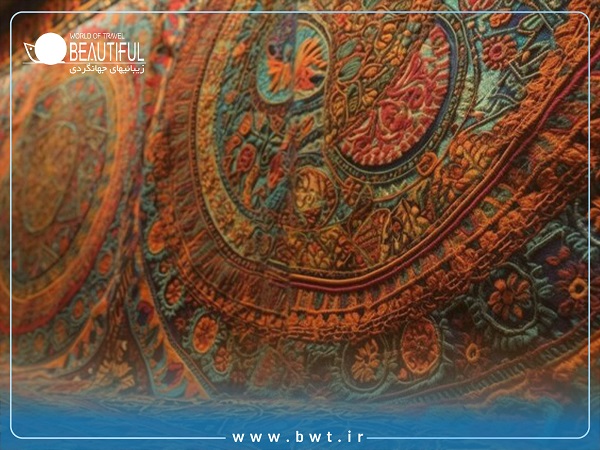
Europe
Countries such as Germany, France, Italy, and the United Kingdom remain strong markets for handwoven Persian carpets. European buyers appreciate the traditional craftsmanship and cultural value of Iranian carpets, making them a staple in high-end interior design.
Middle East and Gulf Countries
The Persian rug trade is particularly strong in Middle Eastern nations like the UAE, Qatar, and Saudi Arabia. These countries have a deep cultural appreciation for Persian carpets and often use them in palaces, hotels, and religious centers. The high demand for Iranian carpet exports in these regions ensures a steady flow of trade despite global economic fluctuations.
Asia
China, Japan, and South Korea have become emerging markets for Persian rugs. While China has developed its own carpet industry, the authenticity and superior craftsmanship of Iranian carpets still attract high-end buyers. Similarly, Japan and South Korea appreciate the artistic and historical value of Persian rugs, incorporating them into their luxury markets.
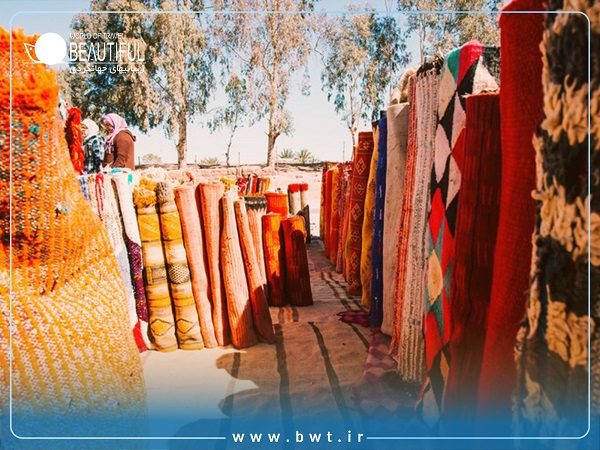
Challenges Facing the Persian Carpet Industry
Despite its global popularity, the Iranian carpet export industry faces multiple challenges:
-
Economic Sanctions: Trade restrictions have limited direct exports to key markets such as the U.S., forcing traders to find alternative routes.
-
Competition from Other Countries: India and China have developed their own rug industries, often producing similar designs at lower costs.
-
Changing Consumer Preferences: Modern interior design trends have shifted towards minimalist styles, reducing demand for traditional Persian rugs.
-
High Production Costs: The cost of raw materials and skilled labor has increased, impacting the affordability of genuine Persian carpets.
Opportunities for Growth in the Persian Rug Trade
Despite these challenges, several opportunities can help revitalize Iranian carpet exports:
-
E-commerce and Digital Marketing: Expanding online sales platforms can help Iranian carpet traders reach a broader international audience.
-
Branding and Certification: Establishing authenticity certificates and branding initiatives can enhance the value of Persian rugs in global markets.
-
Government Support: Policies that facilitate trade and reduce tariffs can boost the industry.
-
Tourism and Cultural Promotion: Encouraging tourists to visit Iran and explore its rich carpet-making heritage can help increase direct purchases from international buyers.
Conclusion
The Persian rug trade remains an integral part of Iran’s cultural and economic landscape. While the industry faces various challenges, the demand for high-quality, handwoven Persian carpets persists in global markets. By embracing modern marketing techniques, expanding into new regions, and preserving traditional craftsmanship, Iranian carpet exports can continue to flourish. For more insights into Iran’s rich cultural heritage and global trade, visit World of Travel Beautiful.






